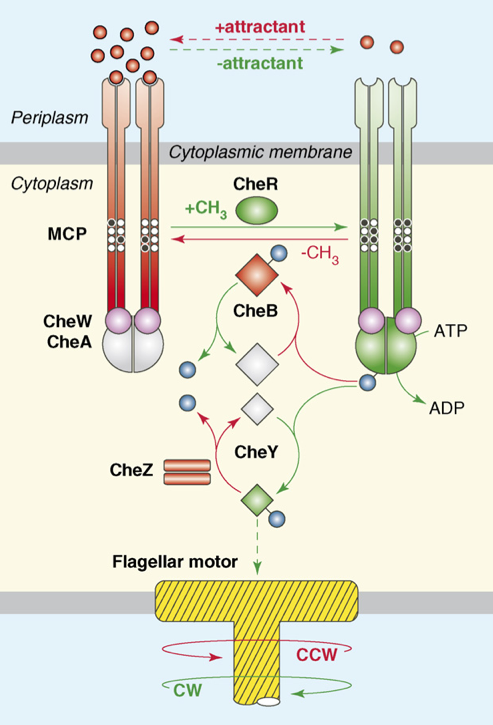Chemoreceptor
Chemoreceptors, recently clearly referred to as chemical sensors belong to the sensory cells (receptors ) and are dedicated to the perception of being transported in the air or dissolved in liquids chemical substances. They thus play a central role for odor and taste.
While only about 320 different chemoreceptors are present in humans, for example, German shepherds have more than 1200 different molecules detected chemoreceptors.
Breathing
Chemoreceptors are involved in the regulation of respiration, vascular tone and acid - base balance of the human body:
- Peripheral chemoreceptors located in the carotid glomera, as well as the glomera aortica and ( pH), potassium, O2 partial pressure, CO2 partial pressure for protons sensitive.
The peripheral chemoreceptors have a very high sensitivity to oxygen. Decreases the O2 partial pressure below 110 mm Hg ( "O2 - threshold" ) they solve excitations into afferent nerve leading to the respiratory center.
Vomit
In addition to the chemoreceptor trigger zone in the area postrema on the floor of the fourth ventricle and chemical sensors play an important role in the induction of vomiting in the mucosa of the upper gastrointestinal tract. They speak to bacterial toxins, emetine ( an alkaloid from the ipecac, which is used as a syrup to induce a therapeutic vomiting in non- bewusstseinsgetrübten people), highly concentrated saline, copper sulfate, inter alia substances to.
- Sense organ










